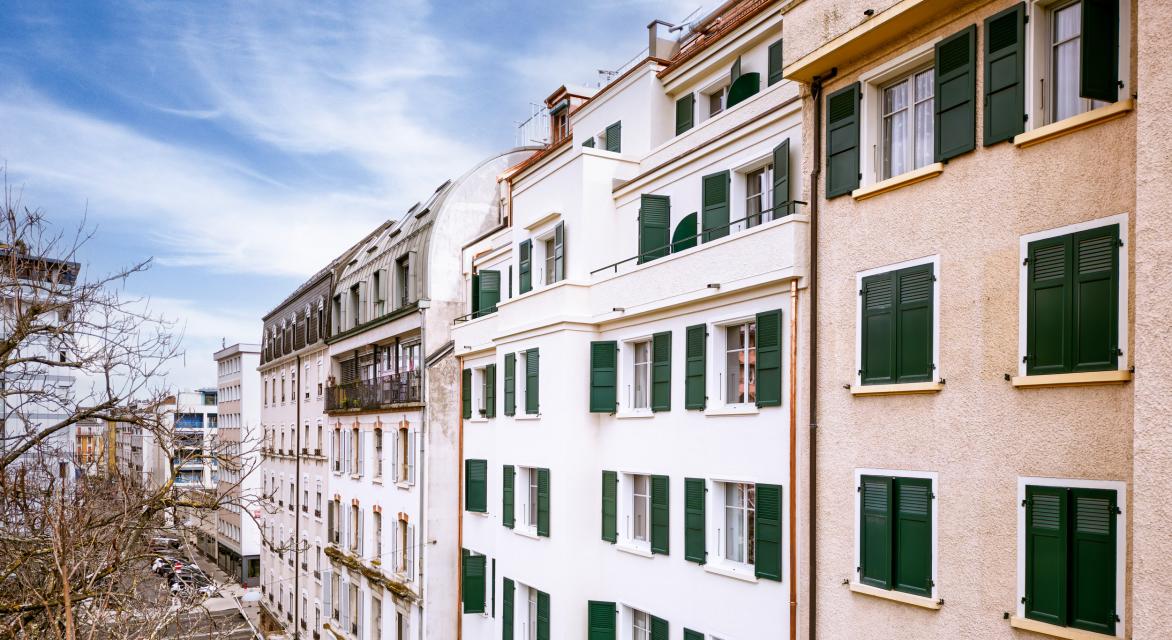For a long time confined to a purely commercial role, ground floors are now establishing themselves as strategic spaces for neighborhood animation, social connection, and real estate attractiveness. This dynamic was at the heart of a webinar organized by Wüest Partner, which brought together experts to analyze the challenges and levers for activating these spaces.
Among them, Sonia Lavadinho, an urban anthropologist and geographer, presented the Facade Activation Index (FAI), a tool designed to measure the impact of facades on urban life. This index ranges from A to F based on criteria such as window transparency, diversity of uses, or interaction with the street—factors that directly influence a neighborhood’s attractiveness.
"A good ground floor is a space that captures attention and makes you want to linger. It must be designed for movement, interaction, and diverse uses," emphasized Felipe, our commercial real estate broker who attended the webinar and observes this trend daily.
This evolution is all the more necessary as the share of offices on ground floors has dropped from 31% in 2013 to 25% in 2024, making way for the rise of cultural venues, restaurants, and hybrid spaces. People no longer go into cities solely to consume. Today, they seek experiences and places that make them want to stay. A lively street is one where something happens at every corner.
Facade design plays a key role in this dynamic. Vegetation, for example, provides a reassuring aspect and enhances the attractiveness of spaces while creating a smoother transition between buildings and public spaces. During winter, facade lighting also becomes essential: well-thought-out lighting can transform a dark street into a welcoming and dynamic place.
Brand identity must also be instantly recognizable. A clear sign, a well-maintained storefront, and coherent outdoor arrangements help attract attention and create an immediate connection with passersby. In a context where remote work has reduced foot traffic in certain areas, these elements become even more strategic for capturing and retaining local clientele.
Thus, a new approach to urban space is emerging, better adapted to current lifestyles. Ground floors are becoming catalysts for vitality, bridges between architecture and the city, between buildings and their inhabitants.
"Ground floor design must be approached as an ecosystem. The more we promote accessibility, diversity, and integration with public spaces, the more pleasant cities become to live in. When marketing a property, we always analyze the area, its residents, its businesses to select prospects that best fit the goal of creating more diversity," concludes Felipe.
Have a project in mind? Contact our commercial real estate team:
✉️ commercial@pilet-renaud.ch
022 322 92 80
Read the full article here.


